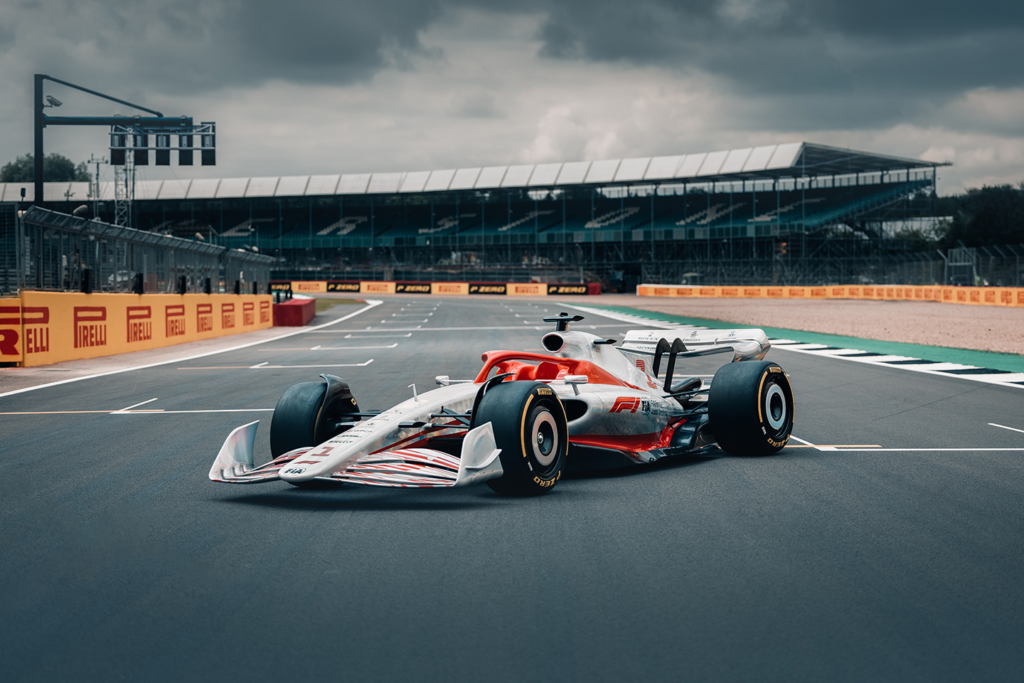The World of F1 Cars: Speed, Precision, and Cutting-Edge Technology
Formula 1, often referred to as F1, is the pinnacle of motorsport. At its heart are the remarkable machines known as F1 cars. In this article, we’ll take a deep dive into these incredible racing vehicles, exploring their design, technology, and the awe-inspiring world they inhabit.
The Anatomy of an F1 Car
F1 cars are engineering marvels, meticulously designed for one purpose: speed. Let’s break down the key components that make up these extraordinary machines.
1. Chassis and Body
The chassis of an F1 car is a lightweight, aerodynamically optimized structure made of carbon fiber. It serves as the vehicle’s backbone, providing structural integrity while minimizing weight.
2. Power Unit
The heart of an F1 car is its power unit, which consists of a hybrid powertrain. It combines a turbocharged V6 engine with an Energy Recovery System (ERS), harnessing energy from braking and exhaust to provide an extra boost of power.

3. Aerodynamics
Aerodynamics plays a crucial role in F1 car design. The sleek, streamlined shape of the car is meticulously crafted to maximize downforce and reduce drag, allowing for high-speed cornering and straight-line speed.
4. Tires
F1 cars use specialized, high-performance tires supplied by Pirelli. These tires are designed to provide exceptional grip and endurance, allowing drivers to push the limits of speed and performance.
5. Electronics and Data
Modern F1 cars are equipped with advanced electronics and telemetry systems that monitor every aspect of the vehicle’s performance. Data is constantly analyzed to fine-tune the car’s setup and improve lap times.
The Evolution of F1 Car Technology
F1 car technology is constantly evolving, driven by innovation and a relentless pursuit of speed. Over the years, these racing machines have seen significant advancements:

1. Turbocharging Era
The introduction of turbocharged engines in the 1980s revolutionized F1. These engines produced immense power but were notorious for their turbo lag and unpredictability.
2. Hybrid Era
In recent years, F1 has embraced hybrid technology. The current power units are incredibly efficient, delivering both power and sustainability through energy recovery systems.
3. Aerodynamic Innovations
Aerodynamics has always been a focus, but recent advances in CFD (Computational Fluid Dynamics) have allowed for even more precise design optimizations.
4. Safety Improvements
F1 has made significant strides in safety, with innovations like the Halo device and improvements in crash structures to protect drivers.
The Life of an F1 Car
An F1 car leads an intense and demanding life. Between races, it undergoes meticulous maintenance and upgrades. Teams work tirelessly to fine-tune every aspect of the car for optimal performance.
1. Testing and Development
Teams conduct extensive testing sessions, both on track and in simulators, to refine the car’s setup and improve its performance.
2. Race Weekends
During a race weekend, F1 cars are pushed to their limits. The intricate dance of tire management, fuel efficiency, and strategy is orchestrated by a team of engineers and a skilled driver.
3. Continuous Evolution
Between seasons, F1 cars undergo significant changes as rules and regulations evolve. Teams adapt and innovate to stay competitive.
F1 cars represent the epitome of engineering excellence and speed in the world of motorsport. These cutting-edge machines continue to push the boundaries of technology, making each season an electrifying showcase of human ingenuity and racing prowess.
